Spatial
Stufkens+Chambers Architects Riverbank Quarter
-
Pou Auaha / Creative Director
Stufkens+Chambers Architects
-
Ringatoi Matua / Design Director
Marcus Stufkens
-
Ngā Kaimahi / Team Member
Joseph Yu -
Kaitautoko / Contributor
Landscape Architect: OBD -
Client
Mark Olaughlin
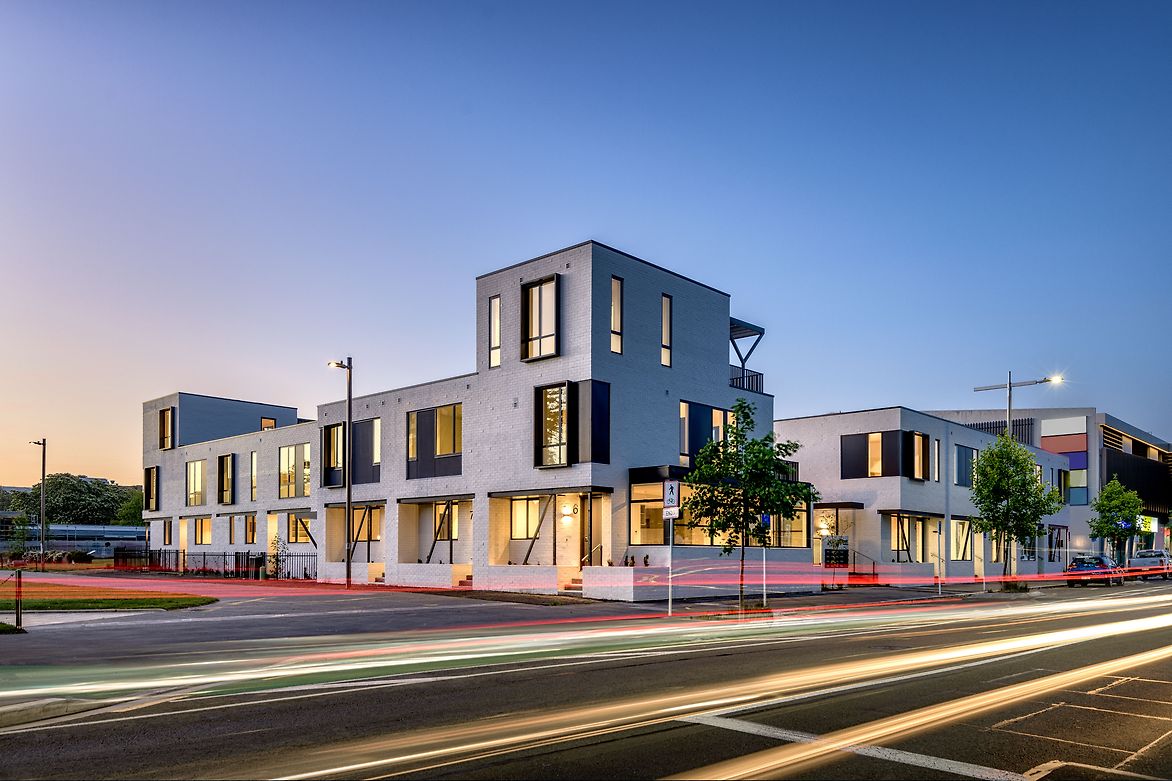
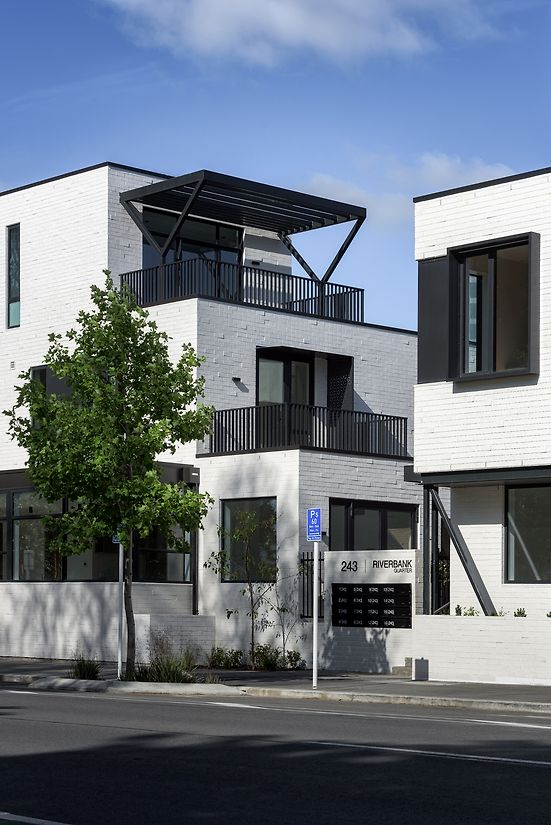
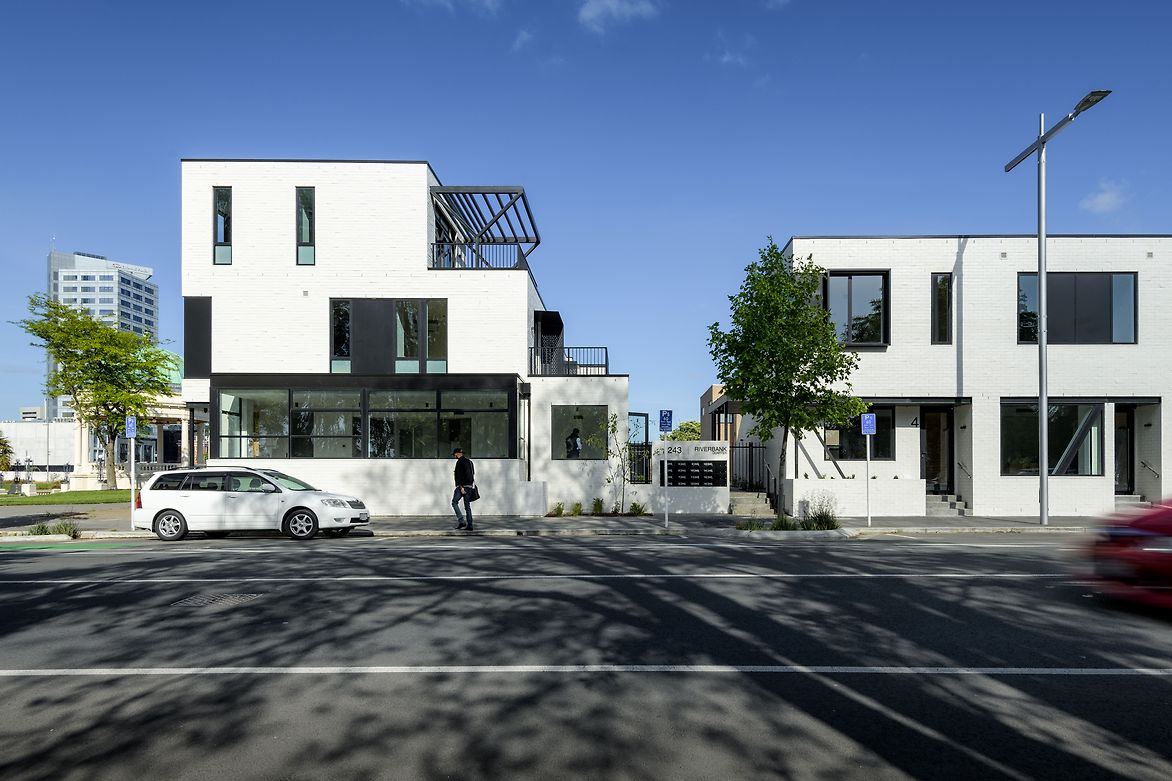
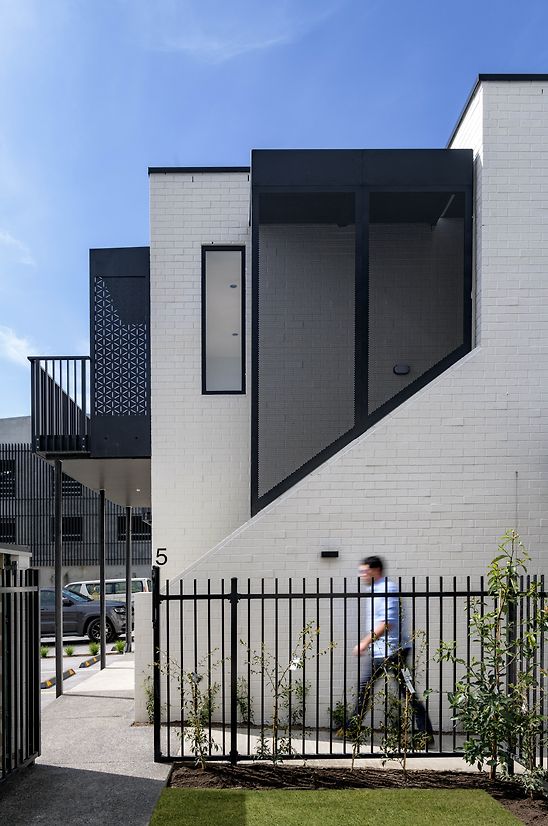
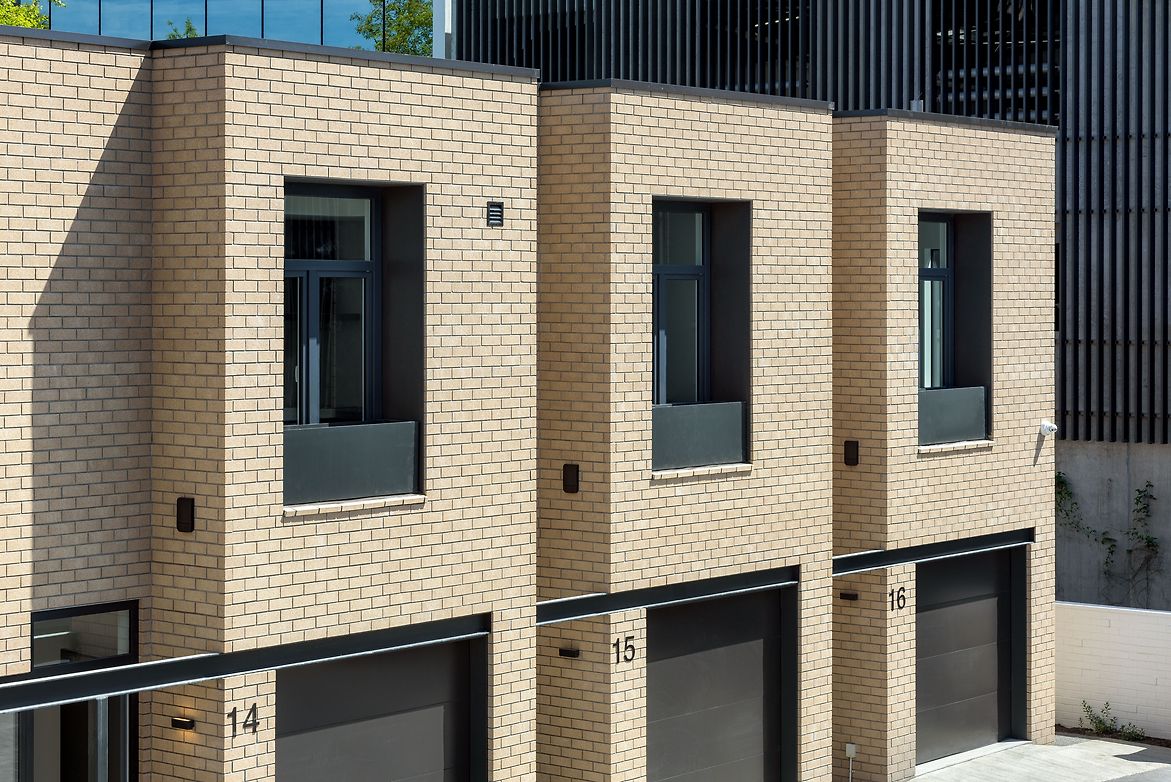
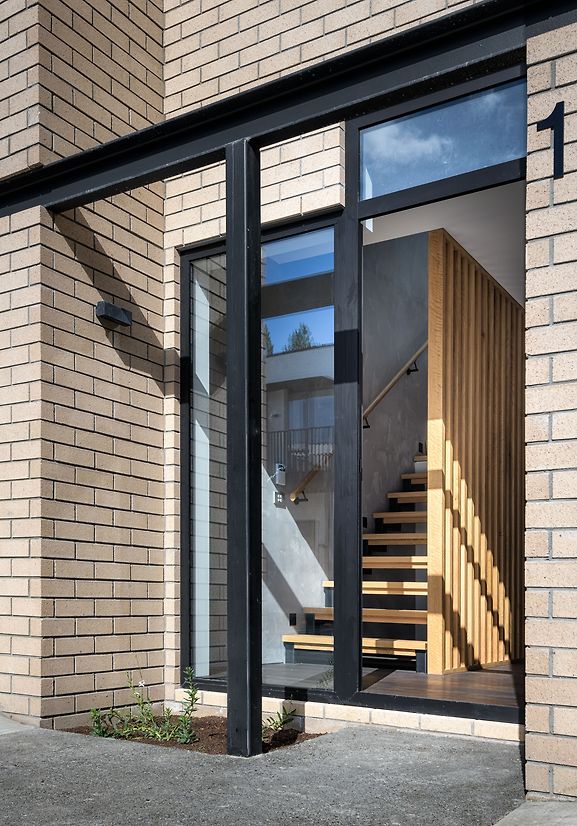
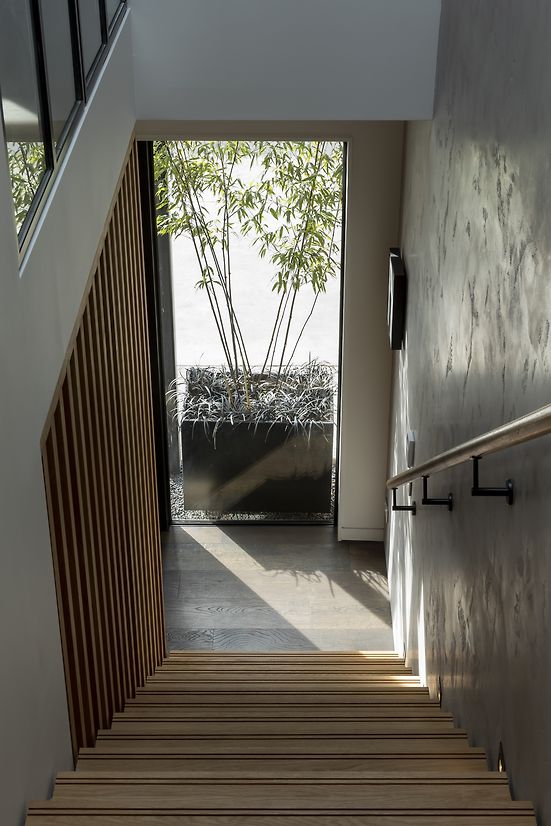
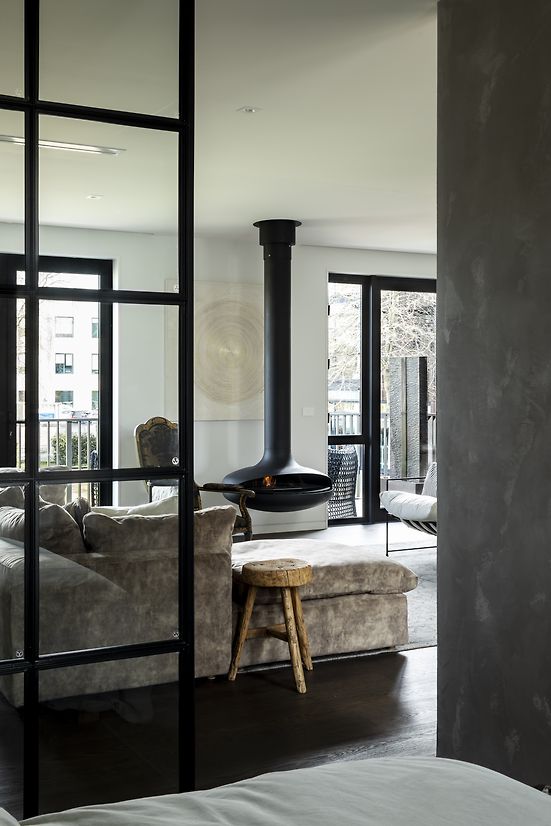
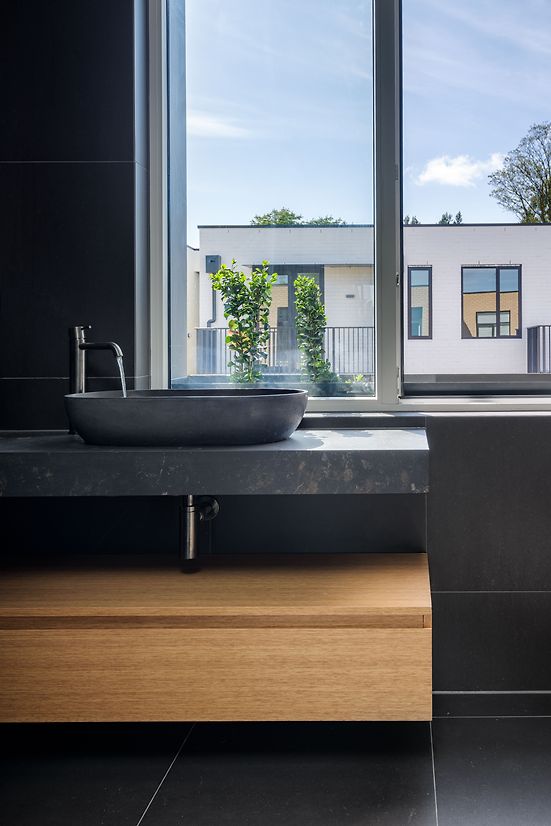
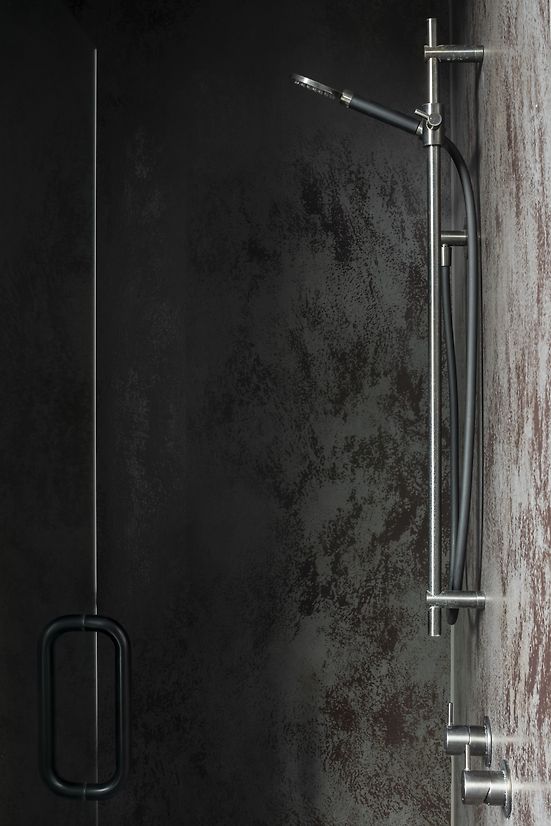
Description:
This central CBD apartment complex is a result of the clients brief to create a mixed-use development that is desirable to live in and reintroduces a social ecology back into the city. The design is a 2-3 storey complex of 14 mid to high market quality residential units and 4 street facing commercial tenancies. These units are designed as a mixed-use development with the flexibility of commercial and residential use. Block D (west) via its differential brick demarcation is purposefully set aside as the premium units inclusive of internal access garages. The combination of building typologies emphasizes this aspect by creating an environment for cross-pollination between residents and building users, creating positive relationships within the development and the wider CBD.
The project site is a key nodal point within the Christchurch CBD. To the west it adjoins the memorial park that previously was occupied by the Pine Gould Corporation Building, destroyed in the February 2011 Canterbury Earthquake. To the East is Manchester St and the Southern boundary is the Avon River / Ōkataro – a traditional location where tangata whenua worked, catching kai for their hapu.
The vertical nature of the building has therefore been scaled down to accentuate a more human scale, whilst the horizontality of the development has been expressed to facilitate a planar connection with the greater context with the expression of floor plates that engage with Cambridge Terrace and Manchester Street frontages to the south and east. The west elevation takes advantage of the open space of the PGC site.
The finished ground floor levels were elevated to comply with set flood-plain levels, but by being elevated also created a positive spin in creating additional privacy to the ground floor spaces.
The building is an elegant solution in selected adhoc placed bricks to assimilate plays of shadow and light at different times of the day. It is an exploratory work incorporating 4 primary building masses, all with blocks seeking to ground the scale of the development to reflect the scale of the surrounding urban context. This is illustrated through the use of the brick veneer cladding to enhance the notion of building mass – with subtle nods to the existing urban context and historic terrace housing open porches encouraging a sense of welcome.
The configuration of the apartment blocks allows for a wide variety of sunlight angles and vistas, increasing the amount of sun hours over an annual period. The outlook views from key living areas are varied and enhanced – creating healthy internal environment and enhancing the well-being for apartment occupants.
The materials utilised in the project are materials that exhibit low embodied carbon content, inclusive of brick seconds being utilised for the predominant brick facade. Foundations are shallow concrete mass rib-raft floors overcoming the need for excessive piled foundation systems. Materials are generally sourced from local supply chains and locations.
Ecologically, the natural environment is preserved through the amount of permeable surfacing and planting. Native planting has been matched with exotic species to create a varied ecological palette.